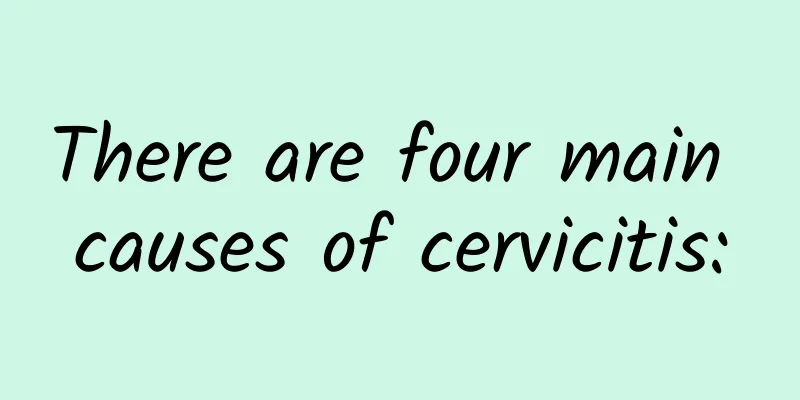What are the symptoms of intramural uterine fibroids? Will intramural uterine fibroids cause dysuria?

|
Uterine fibroids are the most common gynecological disease in women. According to the location of the growth of the fibroids, they are divided into submucosal fibroids, intramural fibroids and subserosal fibroids. Among them, intramural fibroids are the most common, accounting for 60%-70% of the total number of fibroids. Because the early symptoms are not obvious, patients tend to ignore it, and it is the main factor affecting women's health, the "invisible killer". So what are the symptoms of intramural uterine fibroids? Intramural uterine fibroids are located within the muscular wall and are surrounded by the muscular layer. There are no obvious symptoms in the early stage and they cannot be confirmed only during gynecological examinations. These six conditions are closely related to the location, size, growth rate and degeneration of the fibroids. 1. Vaginal bleeding: Bleeding is the most common symptom of intramural uterine fibroids, manifested as shortened menstrual cycle, increased menstrual volume, prolonged menstrual period, irregular vaginal bleeding, etc. 2. Abdominal mass and compression symptoms: abdominal swelling, lower abdomen and mass, accompanied by a sagging feeling. 3. Increased leucorrhea: When leucorrhea increases and submucosal fibroids are infected, there may sometimes be a large amount of purulent and bloody discharge and necrotic tissue, accompanied by a foul smell. Once intramural fibroids are found, female friends should actively seek treatment to avoid infertility, miscarriage and other consequences. Its harm is reflected in the following aspects: 1. Abdominal masses and compression symptoms cause frequent urination, difficulty urinating, urinary retention or constipation. 2. Infertility and miscarriage: Fibroids compress the fallopian tubes and cause them to twist, or deform the uterine cavity, hindering the implantation of the fertilized egg, leading to infertility or miscarriage. 3. Secondary anemia: If the patient has excessive menstruation for a long time, it may lead to secondary anemia, general fatigue, pale complexion, shortness of breath, palpitations and other symptoms. 4. Lower abdominal swelling, back pain, aggravated menstruation, erythematous degeneration of myoma, acute lower abdominal pain accompanied by vomiting and fever. The above introduces the symptoms of intramural uterine fibroids. I believe everyone has a certain understanding of them and I hope it will be helpful to everyone. |
<<: What are the symptoms of uterine fibroids? What are the diagnostic methods for uterine fibroids?
Recommend
Knowing the cause of pelvic inflammatory disease can effectively prevent the disease
Pelvic inflammatory disease is a very harmful dis...
What are the treatments for acute pelvic inflammatory disease?
What are the treatments for acute pelvic inflamma...
Three principles for correct ovarian care
The ovaries are important reproductive organs for...
Can I only eat bananas after exercise? Nutritionist: 3 steps to eat potatoes, which is also a good way to supplement potassium
Exercise is always the best way to lose weight! A...
Two and a half weeks after the abortion, I had some more bleeding
If you have bleeding again two and a half weeks a...
What are the key points to note when having medical abortion?
We all know that compared with other methods of a...
How should female friends take preventive measures against dysmenorrhea?
How should female friends take preventive measure...
What to eat to make ovarian cysts go away
What can I eat to make ovarian cysts go away? Und...
Can thick endometrium cause fetal malformation?
Thick endometrium generally does not directly lea...
How to eat sugar to lose weight? Master these three principles to avoid gaining weight
[Core Tip]: Can you eat sugar while losing weight...
How much does it cost to check the thickness of the endometrium?
People's understanding of serious gynecologic...
What are the common methods of individualized treatment of endometriosis?
The treatment of endometriosis currently advocate...
Pelvic inflammatory disease can present different changes in acute and chronic
Pelvic inflammatory disease can present different...
Can a cervical cyst turn into cancer?
Can a cervical cyst turn into cancer? Cervical na...
The most common treatments for cervical hypertrophy
Gynecological diseases are extremely harmful to w...









